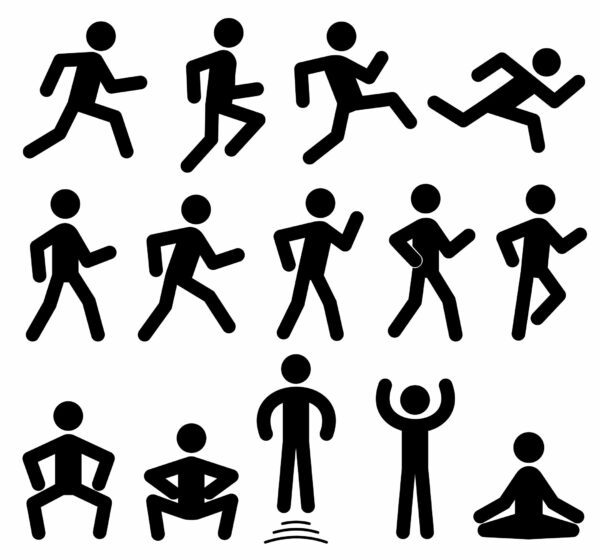
During the COVID-19 pandemic, activity levels dropped for a lot of people. Between stay-at-home orders, gym closures and working from home, people became more sedentary. On top of that, there were shortages of equipment like dumbbells and bicycles, making staying active at home difficult even if you wanted to.
But right now, things look different; vaccines are widely available, restrictions are loosening and people are looking to get active and enjoy the activities they love again. That’s all good news, but if you had a long break from activity, your body might not be ready to jump right back in.
Here are a few tips to help you get more active without getting hurt.
Start Slow
- If you’re a runner, think about a walk-to-run program
- If you’re a weight lifter, start with lighter weights and fewer reps.
- Whatever your activity of choice is, start with short periods of activity and gradually work your way back up.
- Consider working with a Physical Therapist to evaluate your current status, or your Movement Baseline, and develop a return-to-activity plan specific to your body and your goals. All of this can be provided through a Functional Movement Screen.

Warm-up and Cool Down
Warming up gets your heart and lungs ramped up and prepares your muscles and tendons for the increase in activity about to come. Include some light cardio like jogging, calisthenics, or cycling, followed by active stretching like butt kicks, high knees, or yoga.
Cooling down transitions your body back to a lower state of stress – it brings your heart rate and breathing down, decreases blood flow to your muscles and back to places like your digestive system, and helps you relax. It’s also a great place for static stretches if you need some work on your flexibility.
Take a Day Off!
Rest days let your body recover and keep you from getting burned out. Not enough exercise isn’t good for you, but too much of a good thing can cause problems too. Be sure to get an adequate number of hours of good quality sleep, not only on rest days but on work-out days as well.
Watch for Early Signs of Injury
Some soreness for a few days after the activity is normal, especially if you’ve had a long break. But there are a few common issues to watch out for as you return to activity:
- Swelling or bruising
- Joint pain, especially in the knees or shoulders
- Foot pain, which could be a sign of plantar fasciitis
- Muscle strains – particularly common in the hamstrings
- Sprains – most common in the ankle
Any of these issues justifies a call to your physical therapist. Getting checked out early can prevent an injury that derails your attempt to return to activity. PTs see all of the issues just mentioned on a regular basis and can help safely guide you back into a more active lifestyle.
Thank you to the APTA Private Practice Section for providing the content for this blog.
Keep Reading…
Exploring the New Era of Personalized Functional Nutrition
What if you could send messages and instructions to help repair and heal your cells by the foods that you eat? And what if through dietary and lifestyle changes you could decrease and alleviate many of your chronic symptoms and need for medications? A personalized functional nutrition plan constitutes a foundation
What can be causing my heel pain?
One of the most common causes of heel pain is a condition known as plantar fasciitis (PF). Plantar fascia is a flat thick band of tissue called ligament that connects your heel bone to your toes.
Why do I feel Dizzy?
Have you recently felt dizzy or lightheaded? Felt like the room you are standing in is spinning? You may be suffering from a possible Vestibular Dysfunction.
Dizziness and vertigo symptoms are very common as individuals get older. Finding out where the dizziness and room spinning is coming from is an important factor for treatment.
X-Ray Imaging and Arthritis
What is osteoarthritis?
Osteoarthritis, also known as OA, is the most common form of arthritis. This diagnosis describes the degenerative changes that occur in your joints as you age. This includes the gradual break down or “wear and tear” of bones and cartilage. It is extremely common and according to the Centers for Disease Control (CDC), osteoarthritis affects over 30 million US adults.
How do I know if I have OA?






